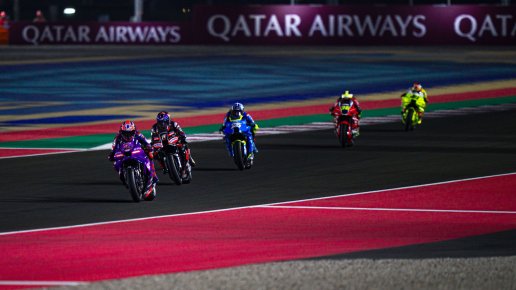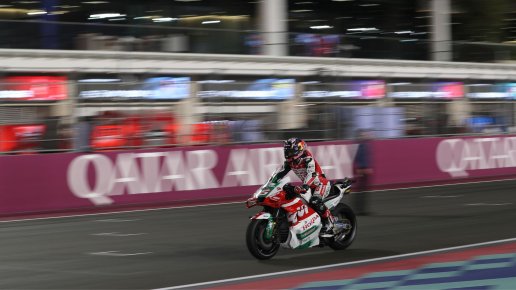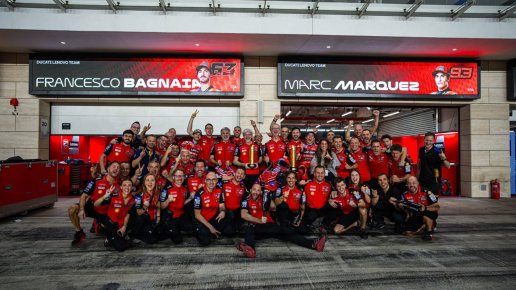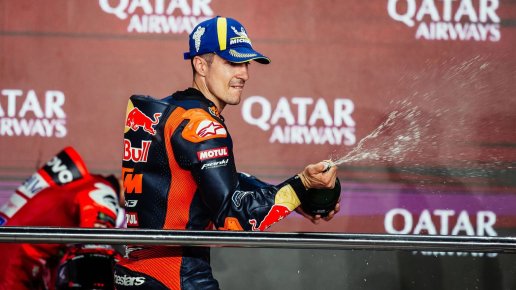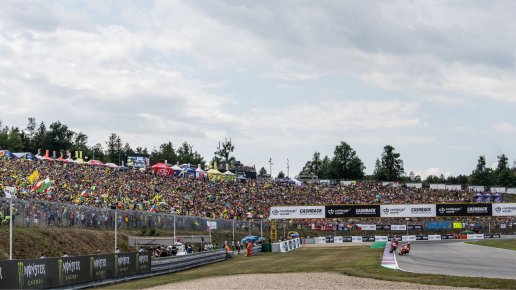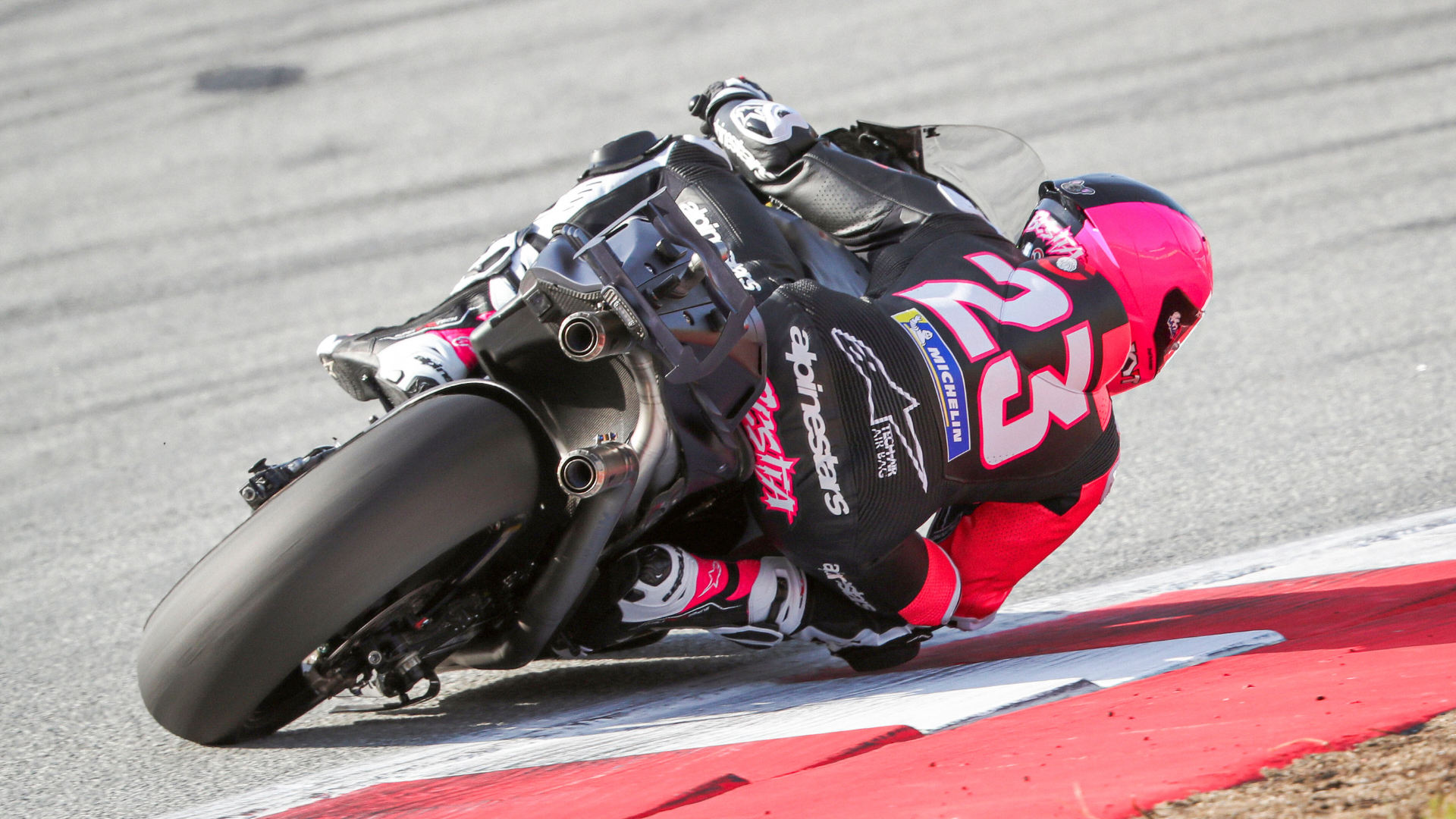
Photo: Gold & Goose / Red Bull Content Pool
MotoGP explained: types of tyres
MotoGP tyres are at the heart of racing strategy, influencing performance and shaping outcomes. Discover the key types, compounds, and the latest updates from 2023 that have revolutionized tyre selection and management in the championship.
F1 & MotoGP news to your inbox every day.
MotoGP tyres are an important part of racing, as they influence performance and require strategic planning. The selection, allocation, and management of tyres is a technical aspect of MotoGP, and recent changes have further refined how tyres are handled in the championship. Here is your guide to the world of MotoGP tyres.
Types of Tyres
MotoGP uses two main types of tyres:
- Slick Tyres: These are smooth tyres designed for dry conditions, offering maximum contact with the track surface to provide optimal grip. Slicks come in different compounds—soft, medium, and hard—each offering a balance between grip and durability. Softer compounds provide better grip but wear out faster, while harder compounds are more durable but offer less traction. The compounds are color-coded for identification:
- Black or no marking: Medium
- Yellow: Hard
- White: Soft
- Wet Tyres: Designed for rain-soaked tracks, these tyres feature grooves to disperse water effectively and maintain grip. Using wet tyres on a dry surface leads to rapid degradation due to increased friction and heat.
Changes Introduced in 2023
Starting in 2023, significant changes were implemented to improve sustainability and streamline tyre options:
- Reduction in Rear Slick Tyre Options: The number of rear slick tyre options per weekend was reduced to two. Riders now choose between a softer and harder option, with specific rubber characteristics determined by Michelin ahead of each race.
- Specification-Based Allocation: Compounds are now referred to as Specification A and B rather than soft, medium, and hard. Typically:
- Spec A: Softer option (higher grip, less durability).
- Spec B: Harder option (lower grip, more durability).
Michelin adjusts the specifications based on track conditions, meaning Spec A and Spec B might represent soft/medium, medium/hard, or soft/hard combinations.
Tyre Allocation per Event:
- Slick Tyres: 22 tyres per rider (10 front, 12 rear). Rear tyre allocation includes:
- 7 Specification A.
- 5 Specification B.
- Wet Tyres: 13 tyres per rider (6 front, 7 rear) with soft and medium options. In wet conditions during multiple sessions, riders may receive additional rain tyres.
Tyre Construction
Tyres are designed to handle all variations of track demands. That’s why there are two types:
- Symmetrical Tyres: Same compounds across the surface, suited for tracks with equal left and right turns.
- Asymmetrical Tyres: Different compounds on each side of the tyre to handle circuits with more turns in one direction, avoiding faster wear on one side.
Tyre Pressure Regulations
Maintaining optimal tyre pressure is crucial for performance and rider safety. Lower pressures can increase grip but may compromise tyre integrity, while higher pressures can reduce traction. In the 2024 season, MotoGP has set regulations requiring riders to stick with the minimum tyre pressure for a specified percentage of the race:
- Main Race: Minimum pressure must be maintained for at least 60% of the race distance.
- Sprint Race: Minimum pressure must be maintained for at least 30% of the race distance.
The minimum pressure for front tyres has been set at 1.8 Bar (26.1 psi), with a maximum of 2.1 Bar (30.5 psi). Non-compliance can result in time penalties—8 seconds for Sprint races and 16 seconds for Main races.
Tyre Choices
Selecting the right tyre compound and managing its wear are pivotal aspects of race strategy. Riders must consider factors like track layout, weather conditions, and their riding style to make informed decisions. Effective tyre management can be the difference between winning and losing, as it not only influences corner speed and braking efficiency but also overall race pace.
Understanding these elements adds depth to the viewing experience, highlighting the technical expertise and strategic planning that define MotoGP racing.
